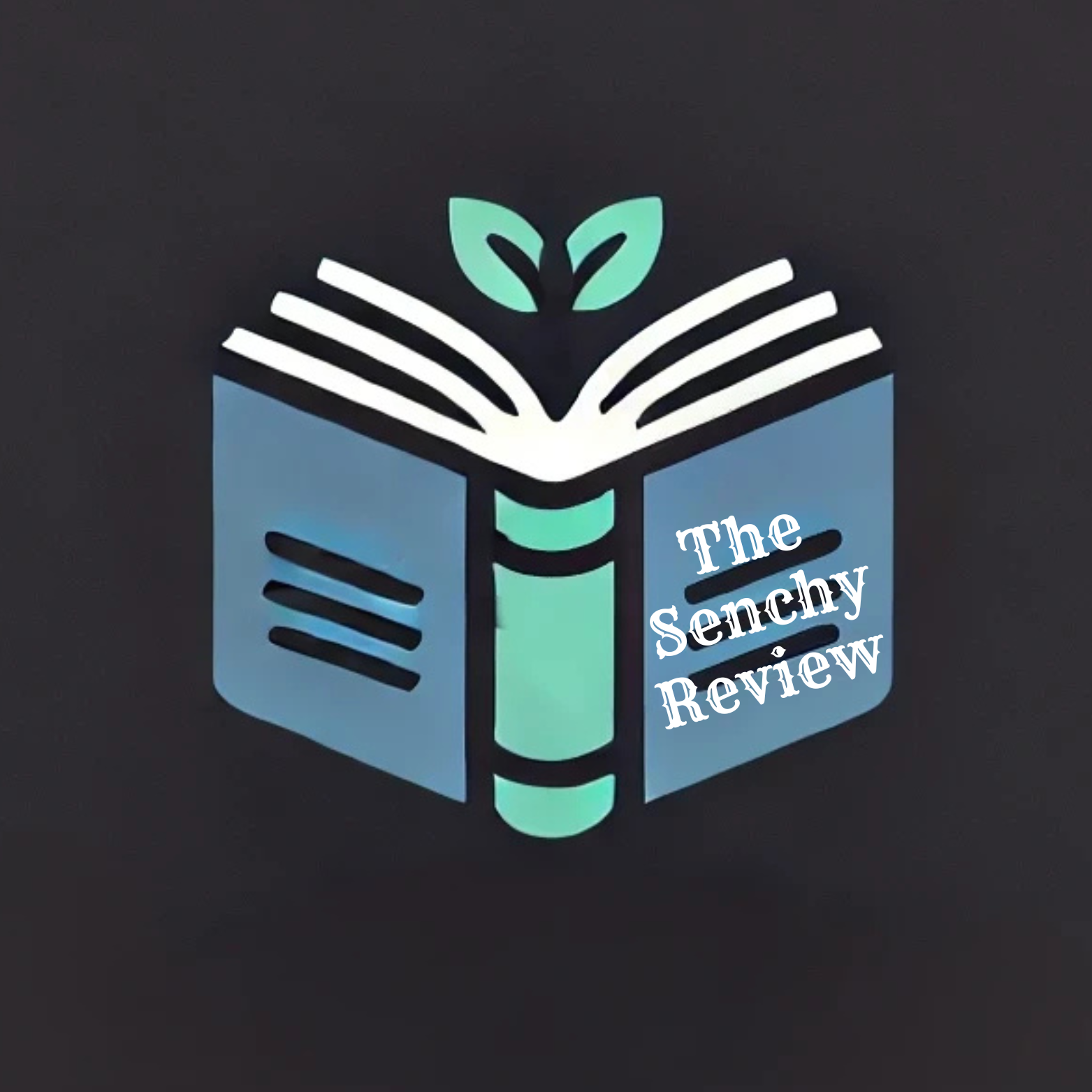This essay simplifies the ideas presented in Dopamine Nation by Dr. Anna Lembke, focusing on the key concepts behind addiction and how they affect us.
To understand addiction, we need to grasp two main ideas. First, pain and pleasure are interconnected—they are like two sides of the same coin. You can’t have one without the other. If you experience more pain, it’s likely that you will feel more pleasure afterward, and similarly, if you have more pleasure, pain will follow. The relationship between these two is a balance that keeps shifting, depending on what we do.
Dr. Lembke compares this dynamic to a see-saw. Imagine the see-saw with pain on one side and pleasure on the other. If you push the see-saw down hard on the pleasure side by seeking enjoyable experiences, like using drugs or alcohol, it will eventually swing back with greater force to the pain side. The more intensely you experience pleasure, the more intensely you will experience pain once the pleasure fades.
This brings us to the second important point: the see-saw of pain and pleasure doesn’t just return to balance smoothly. It swings with greater force in the opposite direction before finding its equilibrium. This means that if you indulge in something that gives you pleasure, like alcohol, the pain that follows is usually more intense. For example, if drinking alcohol gives you 2 points of pleasure, once the effects wear off, you might feel 2.5 points of discomfort or pain. How long this feeling lasts depends on the substance and how much of it you consumed.
In short, the more we chase pleasure, the more pain we end up experiencing afterward. This pain can make us more likely to seek out artificial sources of pleasure, such as drugs or alcohol, in an attempt to numb the discomfort. This cycle of trying to avoid pain is at the heart of addiction. Even though the harm caused by addiction is clear and we may be the one harmed by someone addicted, we can all empathize with the human desire behind it—a desire that we all share—the desire to avoid pain.
As someone continues to dull pain through substances or harmful activities, the brain begins to adapt to these habits. Over time, the same amount of alcohol, for example, no longer gives 2 points of pleasure. It may only provide 1 point, which pushes a person to consume more in order to feel the same effect. Eventually, the individual might need to drink just to feel neutral, at a baseline level of 0, where they don’t experience pain. This is where addiction takes hold, as the person feels dependent on the substance just to feel "normal."

